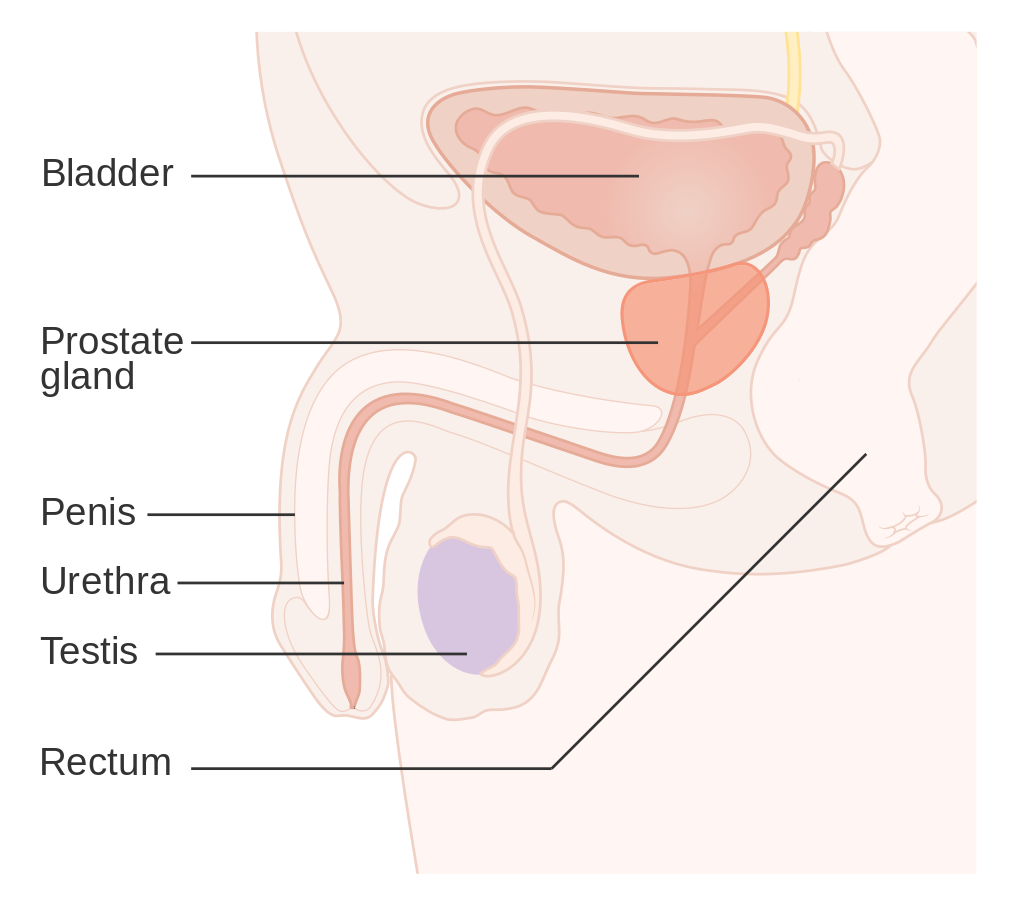News

Time:2022-02-06
World Cancer Day is an international day marked on 4 February to raise awareness of cancer and to encourage its prevention, detection, and treatment. World Cancer Day is led by the Union for International Cancer Control (UICC) to support the goals of the World Cancer Declaration, written in 2008. The primary goal of World Cancer Day is to significantly reduce illness and death caused by cancer and is an opportunity to rally the international community to end the injustice of preventable suffering from cancer. The day is observed by the United Nations.

This World Cancer Day, as the COVID-19 pandemic enters its third year, those facing cancer are still experiencing delays in diagnosis and treatment, and continuing to struggle with feelings of anxiety, loneliness and isolation. Championing the needs of people with cancer and their caregivers has never been more important because cancer doesn’t stop being a life-threatening disease during a pandemic.
People with cancer and their caregivers are feeling more anxious, lonely and isolated than ever before as they experience delays in diagnosis and treatment due to COVID-19. And these delays have life-threatening consequences: one study showed that just a 4-week delay in cancer treatment increases the risk of death by 10%.

World Cancer Day targets misinformation, raises awareness, and reduces stigma. Multiple initiatives are run on World Cancer Day to show support for those affected by cancer.
Prostate cancer is cancer of the prostate. The prostate is a gland in the male reproductive system that surrounds the urethra just below the bladder. Most prostate cancers are slow growing. Cancerous cells may spread to other areas of the body, particularly the bones and lymph nodes. It may initially cause no symptoms. In later stages, symptoms include pain or difficulty urinating, blood in the urine, or pain in the pelvis or back. Benign prostatic hyperplasia may produce similar symptoms. Other late symptoms include fatigue, due to low levels of red blood cells.

Prostate cancer screening, including prostate-specific antigen (PSA) testing, increases cancer detection but whether it improves outcomes is controversial. Informed decision making is recommended for those 55 to 69 years old. Testing, if carried out, is more appropriate for those with a longer life expectancy.[16] Although 5α-reductase inhibitors appear to decrease low-grade cancer risk, they do not affect high-grade cancer risk, and are not recommended for prevention. Vitamin or mineral supplementation does not appear to affect risk.
PSA Test Kit (Dry Fluorescence Immunoassay) uses the principle of antigen-antibody reaction. The testing sample will migrate forward due to capillary action, then the PSA of the sample will combine with antibody which is attached to fluorescence microspheres. This marked complex is attached to the detection area of immobilized antibody and the other fluorescence microspheres are attached to the control area. When the test strip is inserted into the analyzer, the analyzer automatically scans two ribbons and detected the fluorescence intensity of the composite emission from the testing area and the control area. The ratio of the two fluorescence values was used to calculate the content of the detected substances.
